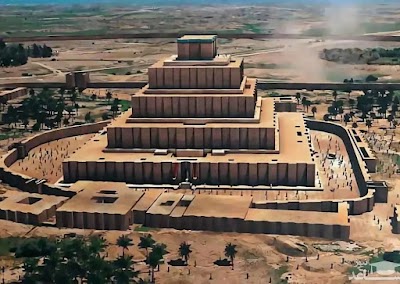Chogha Zanbil (چغازنبیل)
Overview
Chogha Zanbil: A Marvel of Ancient Iran
Nestled in the vibrant landscape of Khuzestan Province, near the modern city of Dezful, lies the remarkable archaeological site of Chogha Zanbil (چغازنبیل). This ancient ziggurat, a testament to the ingenuity of the Elamite civilization, dates back to the 13th century BC. As one of the most significant and well-preserved examples of Elamite architecture, it has earned its place on the UNESCO World Heritage List since 1979, making it a must-visit for foreign travelers seeking to uncover the layers of Iran’s rich history.
As you approach Chogha Zanbil, the striking structure rises majestically from the surrounding plains, its terracotta bricks showcasing a blend of artistry and engineering skills that has withstood the test of time. The ziggurat was built as a sacred site dedicated to the Elamite god Inshushinak, symbolizing the importance of religion and culture in this ancient civilization. The original complex encompassed not only the ziggurat itself but also temples, administrative buildings, and residential areas, providing a glimpse into the social and political life of the Elamites.
When you step inside the site, you’ll be greeted by a series of terraces that ascend in a stepped manner, reminiscent of the famous ziggurats of Mesopotamia. The construction technique is notable for its use of mud bricks and a unique core design that has allowed much of the structure to remain intact despite the ravages of time and nature. As you wander through the ruins, you can almost hear the echoes of the past, imagining the rituals and ceremonies that once took place here.
Visiting the Site
For those planning a visit, Chogha Zanbil is conveniently accessible from the nearby city of Susa, which itself is rich in archaeological treasures. The best time to visit is during the spring and fall months when the weather is mild and pleasant. Be sure to wear comfortable shoes, as the site covers a vast area, and exploring its many facets will require some walking.
As you stroll through the site, don't miss the opportunity to observe the intricate carvings and inscriptions that adorn the ziggurat. These ancient engravings tell stories of the Elamite kings and their connection to the divine. Additionally, the onsite museum offers a wealth of information, showcasing artifacts recovered from the area, including pottery, tools, and religious items that further illuminate the daily lives and beliefs of the Elamite people.
Engaging with Local Culture
Engaging with locals can greatly enrich your experience at Chogha Zanbil. The nearby towns are home to traditional crafts and hospitality, where visitors can savor authentic Iranian cuisine, including dishes like koobideh and ghormeh sabzi. Taking the time to connect with the community adds a personal touch to your journey, allowing you to gain insights into the cultural significance of this ancient site.
In conclusion, Chogha Zanbil stands as a magnificent reminder of Iran's ancient past, embodying the spirit of an entire civilization that thrived thousands of years ago. Whether you are an avid historian, an architecture enthusiast, or simply a curious traveler, this remarkable ziggurat invites you to step back in time and experience the grandeur of the Elamite civilization. Don’t miss out on the opportunity to explore this UNESCO World Heritage Site, where history comes alive amidst the breathtaking landscapes of Iran.





